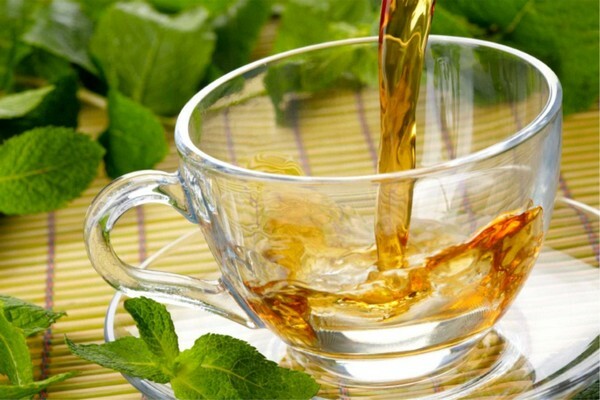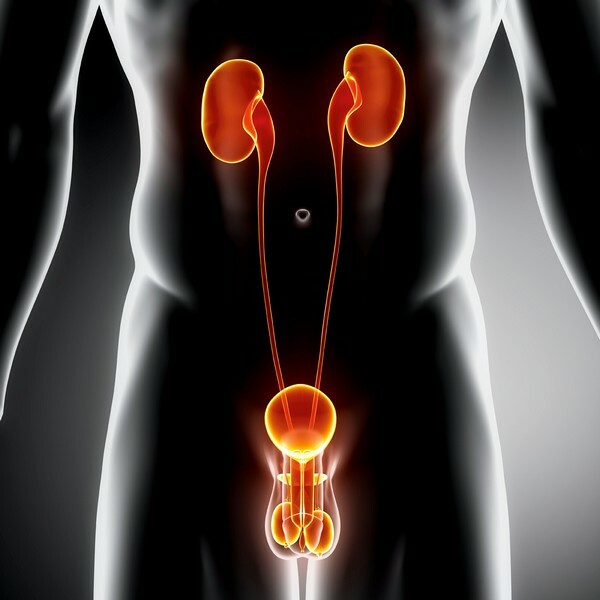In official and folk medicine, mint is used as a sedative, antispasmodic, antimicrobial agent. Of great importance in the therapy of many diseases is the ability of a fragrant plant to remove a liquid from the human body. In some cases, such a property can only do harm, so patients ask doctors about whether mint is diuretic or not, are there ways to lower its diuretic activity. A perennial plant has a mild effect, and its use, unlike pharmacological preparations, does not cause a water-salt imbalance.

Diuretic action of a useful plant
Warning: Tea and decoction of mint can not be used to eliminate edema for people with arterial hypotension, varicose veins, peptic ulcer of the stomach and duodenum.
Diuretic preparations in tablets, dragees and capsules are not intended for long-term use, since they are capable of excreting the microelement of potassium in the urine. Its deficiency provokes failures in various human life systems, especially in cardiovascular. Therefore, urologists and cardiologists often resort to the help of vegetable potassium-sparing agents, one of which is peppermint. The diuretic activity of phytochemicals provides a high content of essential oil, tannins and flavonoids in its chemical composition.

Heart and vessel pathologies
Peppermint tea is used for treatment and prevention of angina pectoris, arterial hypertension, various arrhythmias. Therapeutic effect occurs even after consuming one cup of a fragrant drink. Under the action of the active substance menthol, contained in the essential oil, the coronary vessels expand. And thanks to the diuretic properties of mint, excess fluid is removed from the body. The result of such a complex impact is the reduction in blood pressure and heart rate.Diseases of the kidneys, urethra, bladder
With a decrease in the functional activity of the urinary system, excess fluid accumulates in the tissues. It is distributed on the body in the form of edema of different localization - on the face, neck, arms, ankles. This leads to an excessive burden on the heart and blood vessels and further exacerbates the disease.
Recommendation: The use of mint tea can not only stop edema, but also improve the functioning of the kidneys, urethra and bladder. This anti-inflammatory and antiseptic activity of a useful plant contributes to such therapeutic action.

. Features of the
application. Whether mint is a diuretic depends on the method of its preparation and the frequency of the reception of the fragrant drink. The stronger the tea is brewed, the stronger will be the diuretic effect. It should be borne in mind that in this case the probability of side effects of phyto-drugs - allergies, dyspeptic disorders, falling blood pressure - increases. For the correct preparation of mint tea, you need 3 fresh sheets or a teaspoon of dry plant raw material pour a glass of boiling water and leave under the lid for an hour. After cooling and filtering, a healthy drink is ready for use. Depending on the diagnosed pathology, you can take infusion 1-2 times a day after meals.
